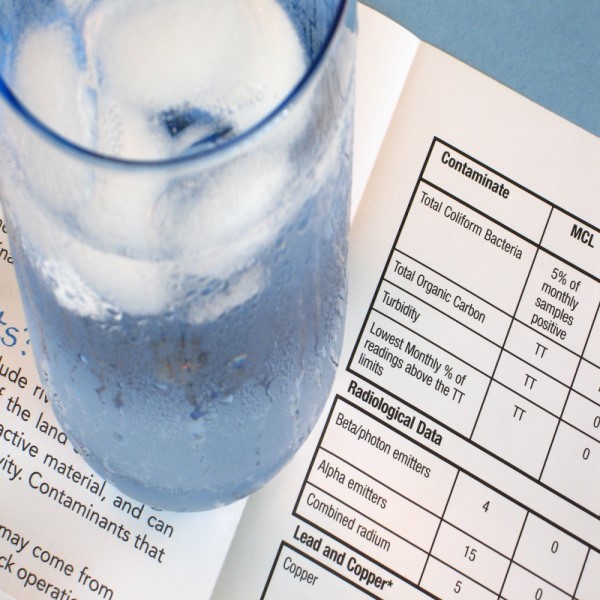
Total Dissolved Solids(TDS)

Total dissolved solids most commonly refer to the levels of dissolved ions, like calcium, lead, and iron, in your water. They naturally occur in water after it filters through bedrock and soil.
A certain amount of dissolved solids in water is normal, and even beneficial, but problems start when levels of TDS increase beyond what would accumulate naturally.
Effects of dissolved solids in water
Unnatural levels of TDS accumulate in municipal water through agricultural runoff, industrial waste, storm water runoff, sewage contamination, and in snowy areas where salt and other minerals are used as road deicer.
Besides the off-putting appearance, high levels of TDS can create problems around the house and potentially impact your health. The EPA regulates a standard for TDS at 500 ppm – beyond that level, dissolved solids can create plumbing problems, like corroded pipes, as well as water appliance malfunction and bitter or bad-tasting water.
Too much or not enough? How to look for TDS in your water
Total dissolved solids can appear as discoloration in water, or you may notice these other symptoms:
- Cloudy, turbid appearance.
- Salty, bitter, or metallic taste.
- Corroded pipes or fixtures.
- Shorter appliance lifespan.
Treating total dissolved solids with WaterSparks reverse osmosis filtration
While you can chemically treat TDS in your water with different methods of filtration, reverse osmosis is generally the most efficient and effective way to remove TDS, and their negative effects, from your water.
Our Reverse Osmosis Drinking Water Systems, for example, are point-of-use, third-party-certified filtration systems that reduce total dissolved solids and leave your water tasting fresher. If you’re looking to reduce total dissolved solids throughout your home, consider our WaterSparks whole-house water filtration solutions.
